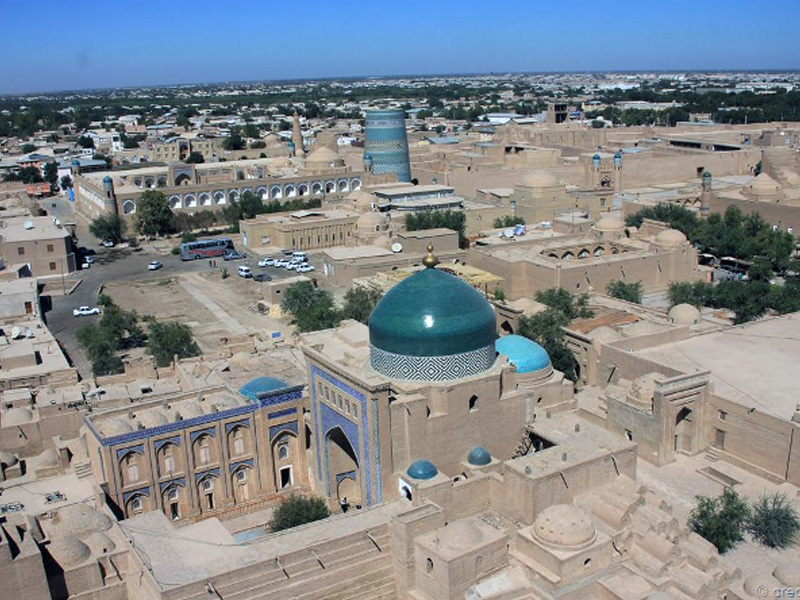



Attraction

Recreation

Thereafter came the restoration of the above-mentioned monuments and the new town plan of the area. The primary focus was directed at studying the monuments in the course of the restoration work and in exposing the construction of the outer layers of the buildings.
The research work of 1951-1966 was the basis for making a detailed description of twenty-four monuments of architecture and the classification of the madrasas and mosques of the Itchan-Kala, which revealed the peculiarities of the construction of the town and its types of buildings. With the development of tourism, a general procedure for town planning, excursion routes for viewing the monuments, and preliminary work on the implementation of the protected area of the Itchan-Kala were worked out.
In 1967, on the decision of the Government of the Republic, the Itchan-Kala was established as a state-protected area of Khivan architecture; and, in 1969, on the basis of the Khorezm regional Historical-Revolutionary Museum and the State museum, the Itchan-Kala Reserve was established, functioning as a scientific-research and scientific-educational institution. The state depository of historical, architectural literary, and artistic monuments was also formed.
After the establishment of the reserve, large-scale works started on the complex study of the monuments of architecture and the study of the dwellings of the Itchan-Kala and Dishan-Kala. At that time many architectural monuments of the Itchan-Kala needed constructional anchoring, especially after downpours in 1969. In conjunction with this, anchoring work on the basis of engineering study and the recommendations of engineer A.M. Qendel was done on the Palvan Makhmud mausoleum, the Ab-dulla-khan madrasa, the Kutloog Moorud-inak, the Mukhammad Rakhim-khan and the minaret of the Said Shalikar-bay mosque.
At the beginning of the 1970s scientific-research and design and restoration work in the western area of Kukhna-Ark was increasing. The fortification gate of «Ata-darvaza» with its trading stalls, which were pulled down in the 1930s, was restored. The following buildings were all converted into a tourist complex: the Mukhammad Amin-khan madrasa, which became a 230 room hotel; the Matniaz Divan-begi madrasa, which became a restaurant and the central part of the area; and, in particular the Kukhna-Ark, which was equipped with modern amenities including the establishment of a cinema-concert hall in its area. A summer chaikhona was opened on the site of the ruined madrasah of Rakhim Berdi-biy. In 1983 on the occasion of celebration of 1 200th year anniversary of the scientist-encyclopaedist, Mukhammad ibn Musa al-horezmi, major work on reconstruction and the equipping of these areas with modern amenities was carried out. Additionally, the restoration of the architectural monuments located along the main tourist route was completed, as well as outfitting of some of them with a number of up-to-date features.
From 1981 to 1996, large reconstruction work has been carried out, including modernization of amenities, the laying of arterial networks (water-pipes, a sewage system, electrical and communication supply lines), and the drainage of precipitation from the overall area. Restoration has also been carried out on other monuments on the territory of the Itchan-Kala reserve such as: the Djuma mosque, the Tash-hauli palace complex, the Shergazi-khan madrasa, the Matniaz Divan-begi madrasa, the Uch-Avley complex, the Palvan Makhmud mausoleum with its necropolis, the fortification walls and gates of the Palvan-darvaza and the Tash-darvaza, and the Kutloog Moorud-inak madrasa. A number of monuments were furnished so as to serve functional, but yet original purposes: for example, the bath houses of Anush-khan became a modern bath house, the madrasa of Mukhammad Amin-inak became a house for marriage ceremonies, the Tim and the caravanserai of Alla-kul-khan became a trade center, the complex of Shakh Kalandar bobo became a tourist agency, and the madrasa of Atadjan bay became mechanical shops.
Great attention was paid to the restoration and preservation of traditional dwellings. More than fifteen traditional dwelling houses were restored, including the ulli and ters divans with carved columns, doors, and other elements primarily for the Itchan-Kala. New dwellings with all types of engineering features, utilizing traditional planning and architectural aspects, rose on the site of ramshackle constructions and buildings.
Design work on the reconstruction of the Khiva town-center was completed in 1983. In accordance with the general plan of the city, the historical areas of the Itchan-Kala and the Dishan-Kala, the area of the modern center and other tracts of land free from construction located to the west of the walls of the Dishan-Kala all became incorporated into the town's center. The geometric displacement of the town-center to the south-east, including the historical area, provided by the project, determined the polycentric structure of the city in general and the multistage character of the configuration of the town's center, in particular.
Today, the principle features of the town center have been constructed and the main arterial networks have been laid. However, plans for the maximum preservation of the historical part of the town's center, which recognize its uniqueness and the crucial role it plays in being a principle force for the development of the town's environment, have not yet been drawn up. The additional step of incorporating the historical part of the town actively into the center, as in the example of utilizing the neighbourhoods of the Kosh darvaza and the Said Mukhammad-khan madrasa architectural monuments to function as administrative-public complexes, is not viable.
The solution of town-planning problems and many other issues which arise in historical cities and towns requires not only formal study of the sources of the town's origination and a number of other problems, but also the practical realization of ideals (i.e., the implementation of all aspects of general planning) without any deviation or distortion of the town's layout or of the environment. The significant event in the life of the Ichan-kala Reserve was in 1990, when the Ichan-kala was placed on the World Heritage list.